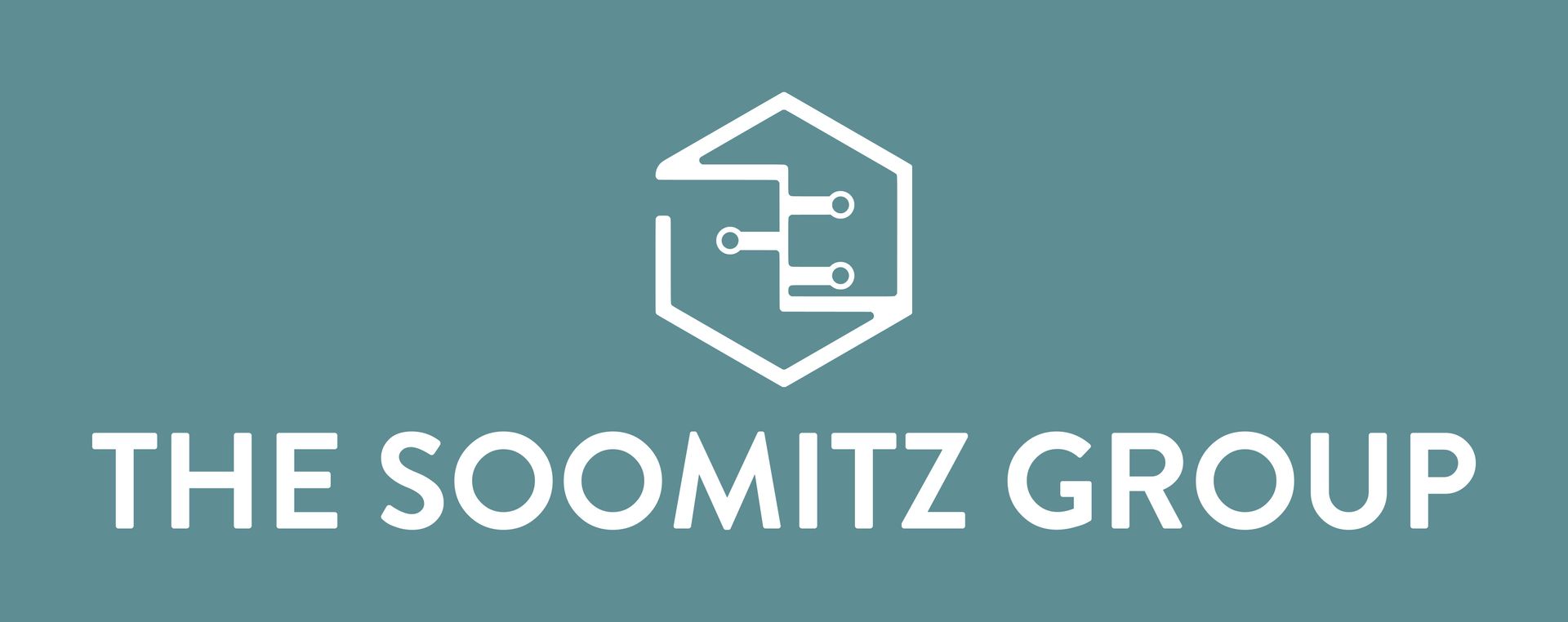What Most Teams Miss When Planning Projects
It’s Not the Tools, It’s the Clarity

Many teams believe they’re doing enough when they check all the typical planning boxes: set deadlines, assign tasks, and create a project board. But when the project starts to drift or stall, they’re left wondering what went wrong.
It’s often not a lack of effort or technology, but a lack of clarity.
When teams don’t clearly understand what they’re solving, what success looks like, or who owns what, progress slows. Even the most advanced tools won’t fix vague planning. True project momentum is built on shared clarity.
Why Planning Tools Aren’t the Problem
Project planning platforms help teams organize work, but they don’t define the work. Many project delays and breakdowns stem from misaligned expectations and unclear communication during the planning phase.
Here’s what often happens:
- Tasks are created without linking back to goals
- Dates are set without understanding the time or resources needed
- Roles are assigned loosely, creating gaps in ownership
Tools are meant to support your plan, not replace the thinking and structure that should come before it. Planning must start with human clarity, then the tools can support execution.
What Does Real Clarity Look Like?
Strong planning answers what, why, who, and how, early and explicitly. Here are three key areas to get right:
1. Clarity on the Problem Being Solved
Every project should start with a clear problem statement. What business issue are we trying to address? If this is vague, teams end up completing tasks without knowing whether they’re solving the right thing.
When teams understand why the work matters, they make smarter choices and can adapt when new challenges come up.
2. Clarity on Deliverables and Outcomes
A plan isn’t just a collection of tasks; it’s a roadmap to specific results. Without clearly defined deliverables, teams default to doing activity for activity’s sake. That’s how projects end up “complete” but don’t drive value.
Define what success looks like in concrete terms. What will be delivered, when, and to whom? This sets expectations and provides a target for the entire team to aim toward.
3. Clarity on Roles and Responsibilities
Confusion over ownership is a leading cause of project stalls. If multiple people “sort of” own a task, it often doesn’t get done or gets done late and inconsistently.
During planning, assign ownership clearly. Even if a task involves multiple people, someone should be responsible for driving it forward and updating the team. This accountability supports forward momentum.
The Cost of Skipping Clarity
When teams don’t plan with clarity, they feel it later, missing deadlines, duplicated efforts, unclear handoffs, and team frustration. It also undermines confidence in future projects.
Ambiguity during planning is rarely intentional. Teams are often moving fast, and planning can feel like a formality. But those extra 30–60 minutes spent aligning on outcomes, roles, and the “why” can save weeks of frustration later.
How to Bring Clarity into Every Project
- Start with the problem, not the tool
- Write down what success looks like, not just tasks, but the final result
- Assign clear roles for each key piece of the project
- Have a conversation before building a project board, not just during
Project planning isn’t about fancy charts or platforms. It’s about getting everyone on the same page so execution becomes faster, easier, and more effective.
Conclusion
Clarity is the hidden ingredient that separates busy teams from high-performing ones. If your planning feels scattered or rushed, take a step back and align on what really matters before diving in.
At The Soomitz Group, our practical workshops focus on project management techniques that operational teams can use to deliver on their critical initiatives.
Contact us today to learn how we can help your team plan and execute with clarity.










